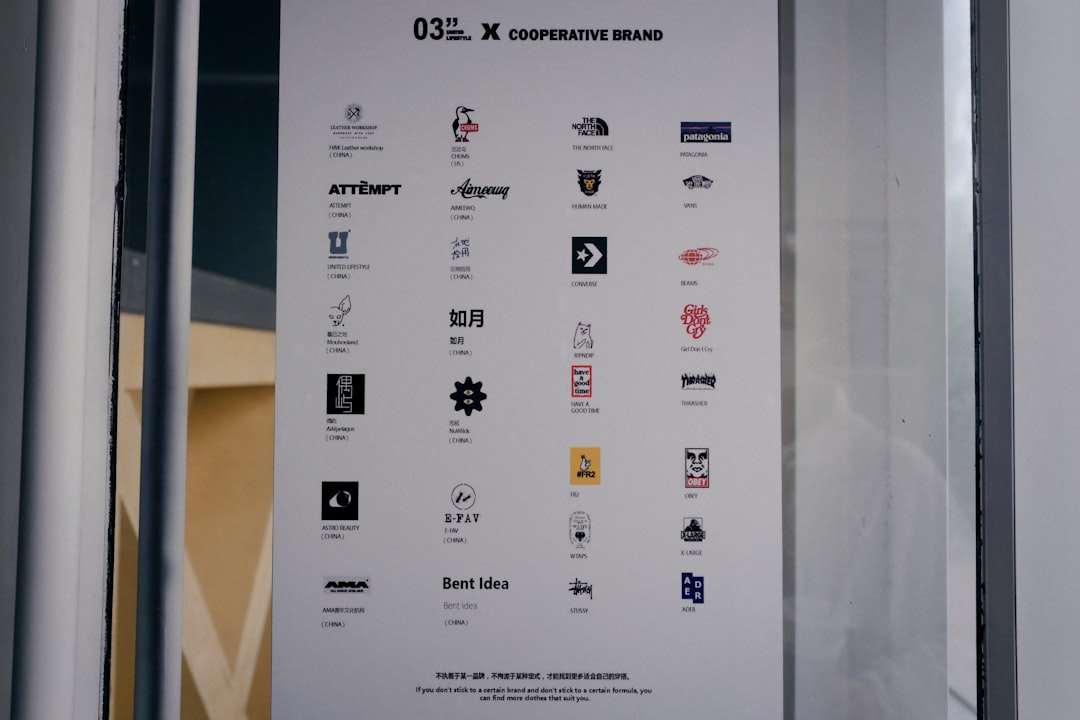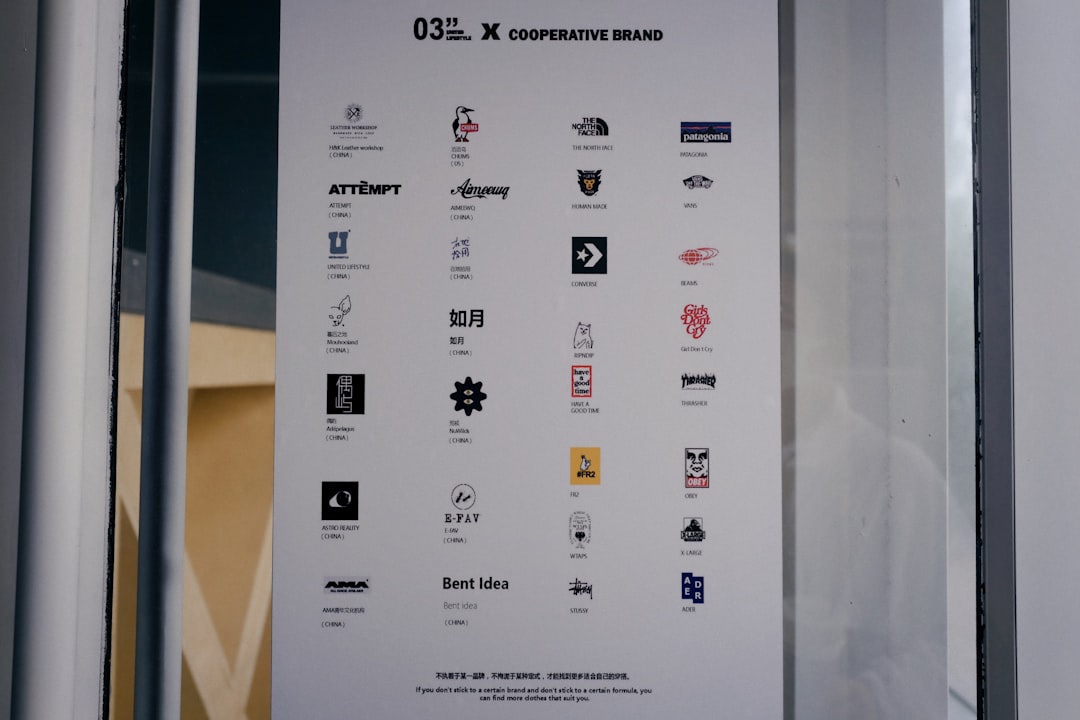In today’s visually saturated market, branding is more important than ever before. A strong visual identity helps a brand stand out and communicate clearly with its audience. Two essential components of this identity—logos and submarks—are often confused or used interchangeably. However, each serves a unique purpose in a brand’s visual ecosystem. Understanding when and how to use each asset effectively is crucial to building a consistent and professional brand presence.
TLDR:
The logo is your brand’s primary visual identifier and is used in official and formal settings. A submark, on the other hand, is a simplified version of the logo, often circular or icon-like, intended for use in smaller, more informal contexts. Think of the logo as the full signature and the submark as an initial or monogram. Using both correctly ensures brand consistency while allowing flexibility across platforms and materials.
What Is a Logo?
A logo is the cornerstone of a brand’s identity. It is a well-designed combination of typography, symbols, and colors that represents the company or organization. Logos often come in different orientations, such as horizontal, vertical, or stacked formats, depending on where they will be used.
Good logo design ensures that the brand is recognized instantly across mediums. It communicates core aspects of the brand’s style and tone — whether it’s modern, classic, casual, or luxurious.
Common characteristics of a logo include:
- Full Brand Name: Usually spells out the company name in full.
- Typography: Custom or carefully selected fonts to reflect brand personality.
- Symbol or Icon: An optional graphic that augments the name.

What Is a Submark?
A submark is a simplified variation of the main logo, typically used in smaller spaces or more informal contexts. It can often be circular, square, or icon-like in shape and may include initials, a graphic element, or a pared-down version of the logo symbol.
This asset maintains the brand’s visual language but in a more compact form. Submarks are especially useful where the primary logo would be too detailed or overwhelming.
Common characteristics of a submark include:
- Minimalistic Design: Stripped of complex typography or graphics.
- Iconic or Initial-Based: Often uses just symbols or initials from the main logo.
- Flexible Application: Perfect for small-scale branding like favicons, profile badges, or packaging stamps.
Differences Between Logo and Submark
Although both are integral parts of your brand identity, they differ in both design and function. Here’s how:
| Aspect | Logo | Submark |
|---|---|---|
| Complexity | More detailed, full representation | Minimal and simplified |
| Use Case | Business cards, letterheads, signage | Social media icons, watermarks, favicon |
| Scalability | Best at medium to large scale | Ideal for small-scale use |
| Content | Full brand name with or without symbol | Initials or symbol only |
When to Use a Logo
Your primary logo should be used when you want to formally and clearly communicate your brand identity. It sets the tone and establishes recognition, especially in these contexts:
- Website Headers: Full logos give authority and professionalism on digital platforms.
- Official Documents: Invoices, contracts, and other formal documents should show the full logo.
- Branded Print Materials: Brochures, flyers, and business cards benefit from the clarity of the primary logo.
- Advertising and Signage: Large logos maintain a consistent message over diverse marketing channels.

When to Use a Submark
Submarks shine when space is limited or when subtle branding is more appropriate. They’re especially helpful in digital and informal materials. Some ideal use cases include:
- Social Media: Platform profile pictures, highlights icons, and post watermarks often rely on round or square submarks.
- Website Favicon: The small icon that appears in a browser tab is usually derived from your submark.
- Stickers and Apparel Tags: Minimal branding elements like labels, tags, or embossing benefit from the cleaner look of a submark.
- Packaging Elements: Used on seals, corner branding, or inner packaging where the full logo would be overwhelming.
Why Both Are Necessary
Modern digital and offline environments demand a flexible approach to branding. A full logo may not always fit the design aesthetic or dimensions of various platforms, whereas a submark helps retain brand consistency in condensed formats.
Brands that use both assets demonstrate professionalism and foresight. They communicate effectively across different touchpoints while maintaining a consistent look and feel. Whether it’s a social media avatar or a company letterhead, the right asset ensures the brand is presented optimally.
How to Create Strong Submarks and Logos
Designing a strong suite of brand assets requires understanding not just your brand’s visual preferences but also the functionalities of each asset. Tips for success include:
- Keep it Consistent: Use the same color palette, typography, and style between the logo and its submark.
- Think Scalable: Your submark should be legible and recognizable at smaller sizes.
- Maintain Brand Personality: Even in minimal form, the submark should echo the brand’s identity.
Often, it’s worth working with a professional brand designer who understands how to build versatile and cohesive visual identity systems that include both logos and submarks.
Conclusion
Both logos and submarks are critical branding tools, each serving distinct yet complementary roles. The logo provides a complete expression of the brand and is crucial for formal communications and high-visibility placements. Submarks are essential for flexibility and maintaining brand recognition in less conventional or condensed formats.
By integrating both into a well-rounded brand identity system, businesses can ensure their identity remains strong, consistent, and versatile no matter where or how it’s displayed.
FAQ: Submark vs Logo
- Q: Can I just use my logo for everything?
A: While you technically can, it’s not always visually optimal. Submarks are designed for smaller or informal use, where full logos may be too detailed or inappropriate. - Q: What’s the difference between a submark and a logo icon?
A: A submark is a more purposeful, stylistic variation of your brand, often used in context. A logo icon generally refers to a symbol extracted from the logo but lacks the crafted intent of a full submark. - Q: Do I need both a logo and a submark for a small business?
A: Yes, especially in digital-first environments. Having both allows your brand to be recognizable across multiple platforms and sizes without compromising design quality. - Q: What format should I request my submark in?
A: Ask for scalable formats such as SVG or EPS for print and PNG or JPG for digital use. Transparent backgrounds are ideal for most purposes. - Q: Can I design a submark myself?
A: If you have a design background, yes. But for consistency and polished aesthetics, working with a professional ensures that both pieces work well together harmoniously.
